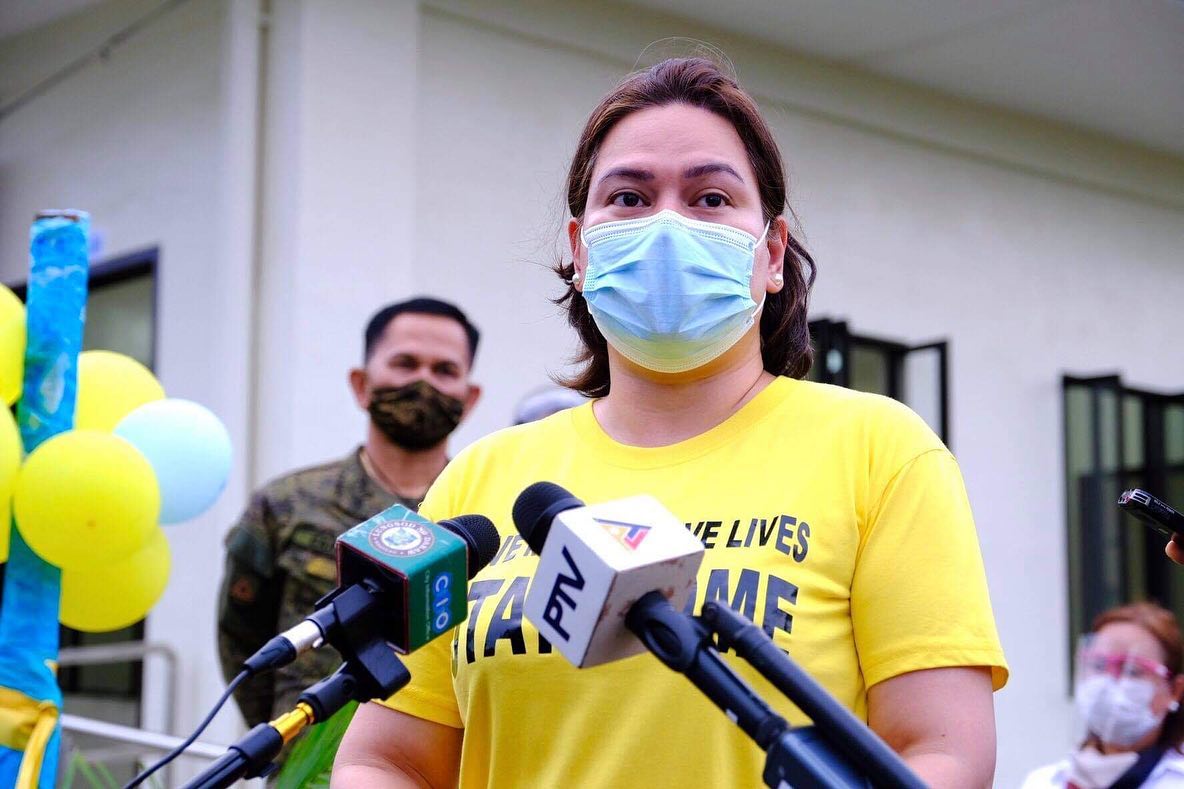

This week, the city government classified its 182 villages into risk levels in relation to COVID-19 infection. Among the factors used in the classification are the particular barangay’s population, number of active cases, two-week growth rate in cases, and average daily attack rate, or the number of at-risk individuals who are infected with the virus.
Of the 182 villages, 74 were identified as under “critical risk” while three are considered “high risk.” At least 18 more were also considered high risk because of their closeness to villages under critical risk.
Mayor Sara Duterte said that based on an expert projection, the surge in cases would continue within the next two months.
Omicron cases
“This is really a surge, so we are reminding everyone to be extra careful. When you go out, make sure that you continue to wear your mask wherever you are. Do not be complacent even when you are at home because there are so many asymptomatic and mild cases,” the mayor said.
Dr. Rachel Joy Pasion, head of the Regional Epidemiology and Surveillance Unit of the Department of Health (DOH) in the Davao Region, earlier said the increase in cases could be attributed to the Omicron variant as five cases, two of them local infections, were discovered last month.
Duterte said the city government had implemented a home isolation program starting Jan. 20 to help decongest the temporary treatment and monitoring facilities as only about a third of the 2,600 beds were available.
The mayor said the implementation of the home isolation program was only for cases that “are properly assessed medically and socially … [based] on the criteria set by the DOH.”
The city had recorded more than 1,000 daily cases in the past few days but the number dropped below that threshold on Monday.





















Facebook Conversations